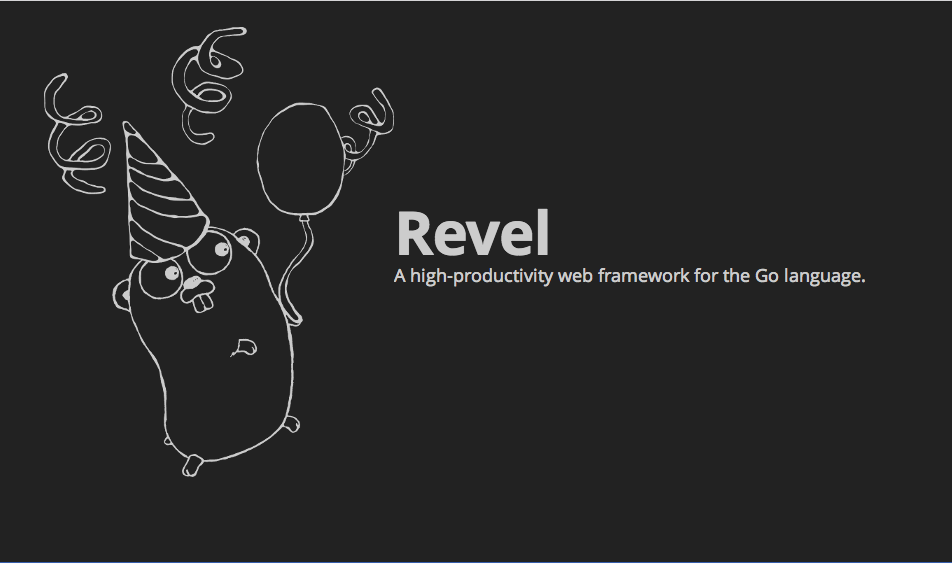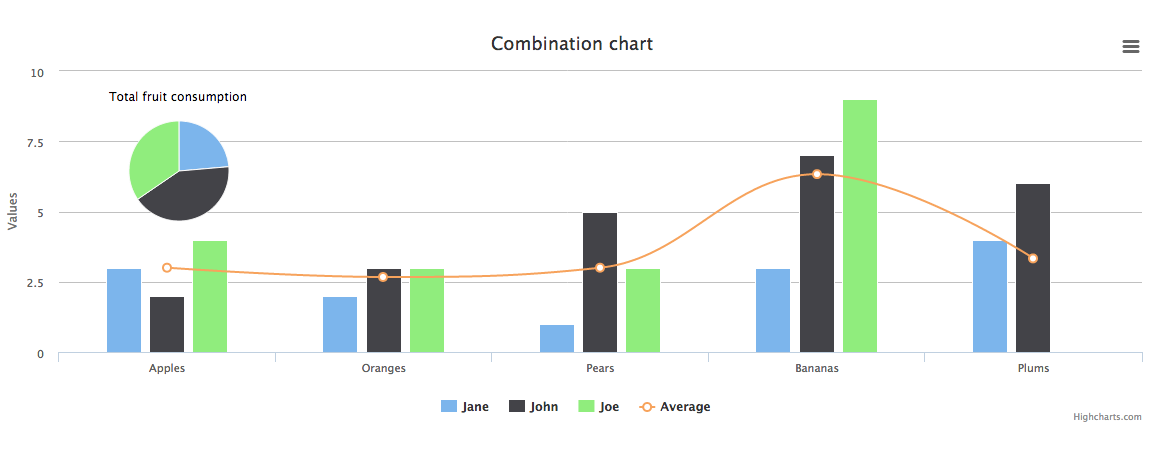Getting Started With Scala Development

Learning new languages can be a great way to expand your skills and stay up to date with software development trends. The language that I’m currently learning is Scala! It’s a great language for picking up functional programming concepts, and it being on the JVM allows you to leverage the Java ecosystem’s libraries and frameworks. In this post I’ll show you how to install Scala and give you a few resources to get you started.
Installing Scala
To install Scala you need to install a Java runtime version 1.6 or later. Once you have that installed you can install Scala through homebrew if you are on a mac, or follow these instructions if you are not.
$ brew install scala
Using Scala
You can get started playing with the language basics from the terminal with the scala command.
$ scala
Welcome to Scala version 2.11.4 (Java HotSpot(TM) 64-Bit Server VM, Java 1.8.0_25).
Type in




